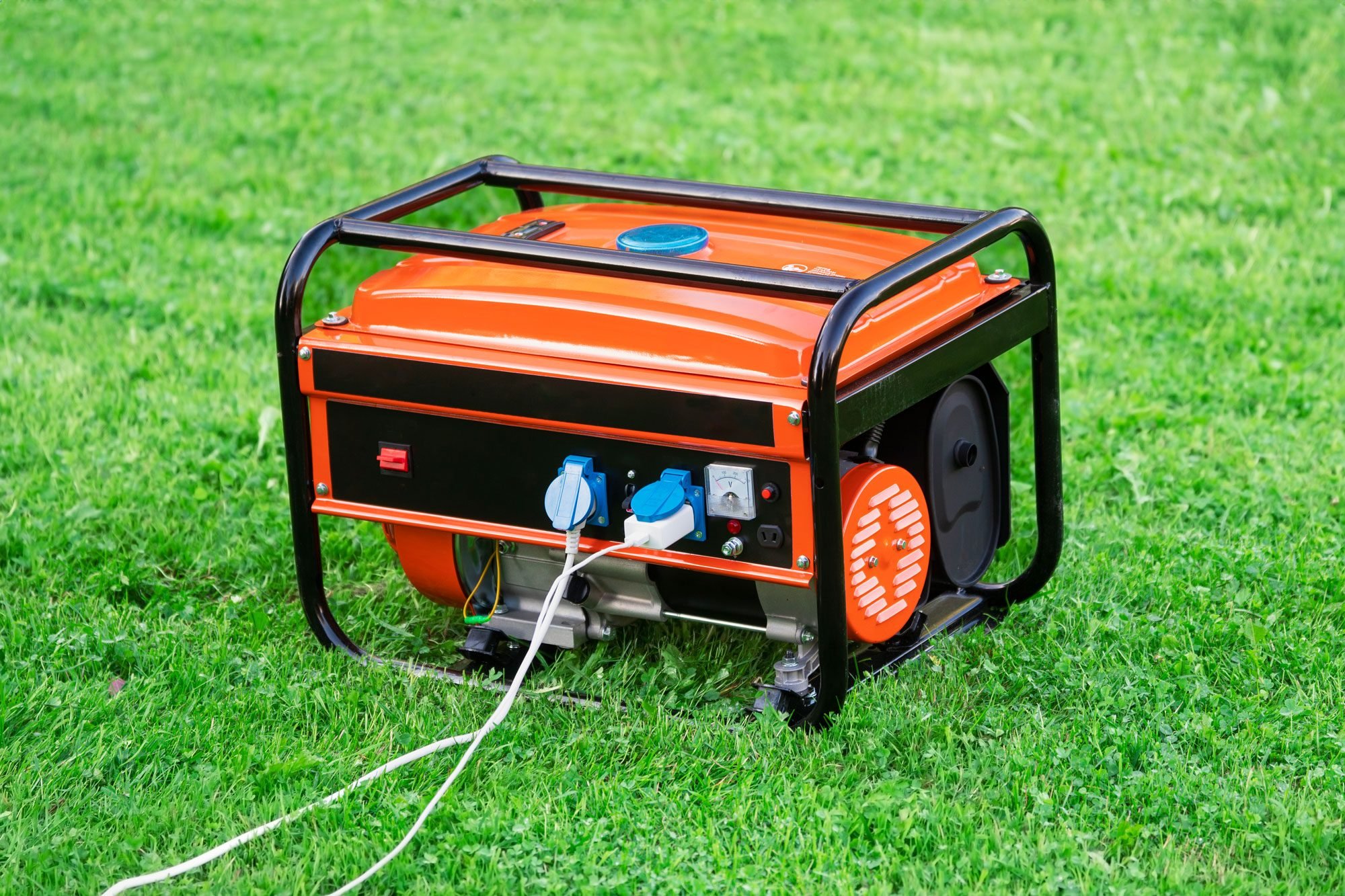Power Needs
- Understanding Usage: One of the fundamental aspects of selecting a portable power station is to
clearly understand the devices you plan to power. This involves not only identifying the gadgets and
appliances you will use but also their energy requirements. Consumers should take the time to
calculate the total wattage needed by meticulously adding up the power consumption of each device.
This step is crucial as it prevents the purchase of a power station that may be underpowered for
your needs, ensuring that you have sufficient energy to keep all your devices operational.
- Power Calculation: To assist consumers in determining the appropriate size of the power station, the
article recommends employing a straightforward formula: watts = volts × amps. This formula is
instrumental in helping you understand how much power your devices will draw, allowing you to make
an informed decision regarding the capacity of the power station you need. Understanding this
relationship between voltage, current, and power consumption is essential for effectively matching
the power station to your requirements.
Charging Methods
- Solar Charging: The article delves into the practicality of using solar panels for charging portable
power stations, highlighting that the efficiency of solar charging can be influenced by various
environmental conditions, such as weather and sunlight availability. Proper planning is paramount
for solar charging; users must be prepared to adjust the positioning of their solar panels
throughout the day to maximize exposure to sunlight. This flexibility is crucial to achieving
optimal charging performance, especially in outdoor settings.
- Multiple Panels: A notable caution is raised regarding the reliance on solar charging alone. It
suggests that consumers may find themselves needing more solar panels than they initially
anticipated to achieve the desired charging speed and efficiency. This insight encourages users to
carefully assess their charging strategy and consider investing in additional panels if they plan to
depend heavily on solar energy for their portable power stations.
Usage Environment
- Indoor vs. Outdoor Use: A significant advantage of battery-powered stations is their versatility in
usage. Unlike gas generators, which pose safety risks when used indoors due to carbon monoxide
emissions, battery-powered options can be safely operated inside homes. This feature is especially
important for individuals seeking backup power solutions during outages or emergencies, as it allows
for a more flexible setup without the concerns associated with gas fumes.
- Portability: Furthermore, the article emphasizes that some models are specifically designed with
portability in mind. These lightweight and compact power stations are ideal for camping trips,
tailgating events, or any outdoor activities where mobility is key. This focus on portability
ensures that users can easily transport their power stations without unnecessary strain, enhancing
the overall convenience of using these devices in various settings.
Size and Weight
- Portability Considerations: The weight of the power station is a critical factor to consider,
particularly for those who intend to use it for camping or travel. Lighter models are generally
preferred as they facilitate easier handling and transportation. Consumers should evaluate how often
they will be moving the unit and where it will be used, as a heavier model may be cumbersome in
outdoor environments.
Conclusion
In summary, this section serves as a comprehensive guide for consumers, emphasizing the importance of
assessing individual power requirements, considering various charging methods, and evaluating the
intended usage environment for a portable power station. By taking these factors into account, users can
ensure that they select a power station that not only meets their energy needs but also aligns with
their lifestyle and specific circumstances. This thoughtful and informed approach ultimately leads to a
more satisfying and effective use of portable power solutions.
